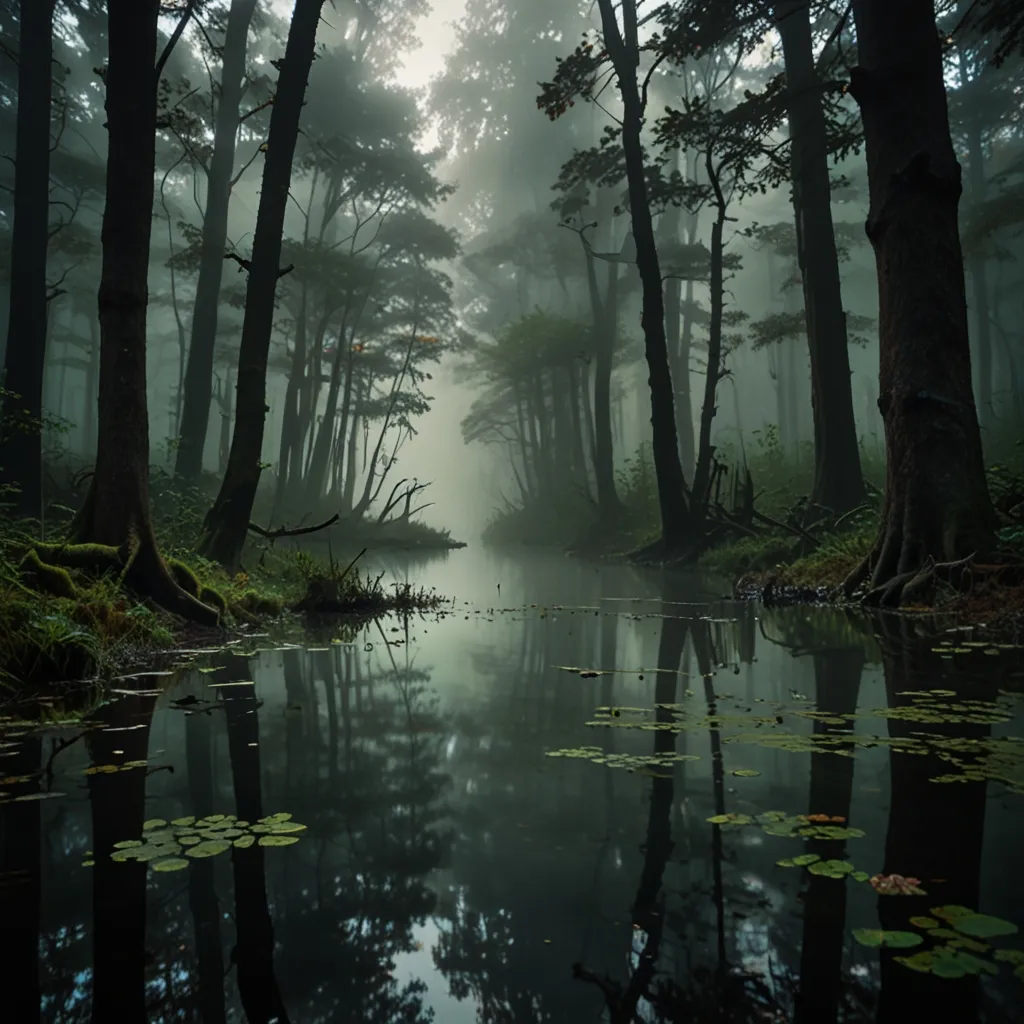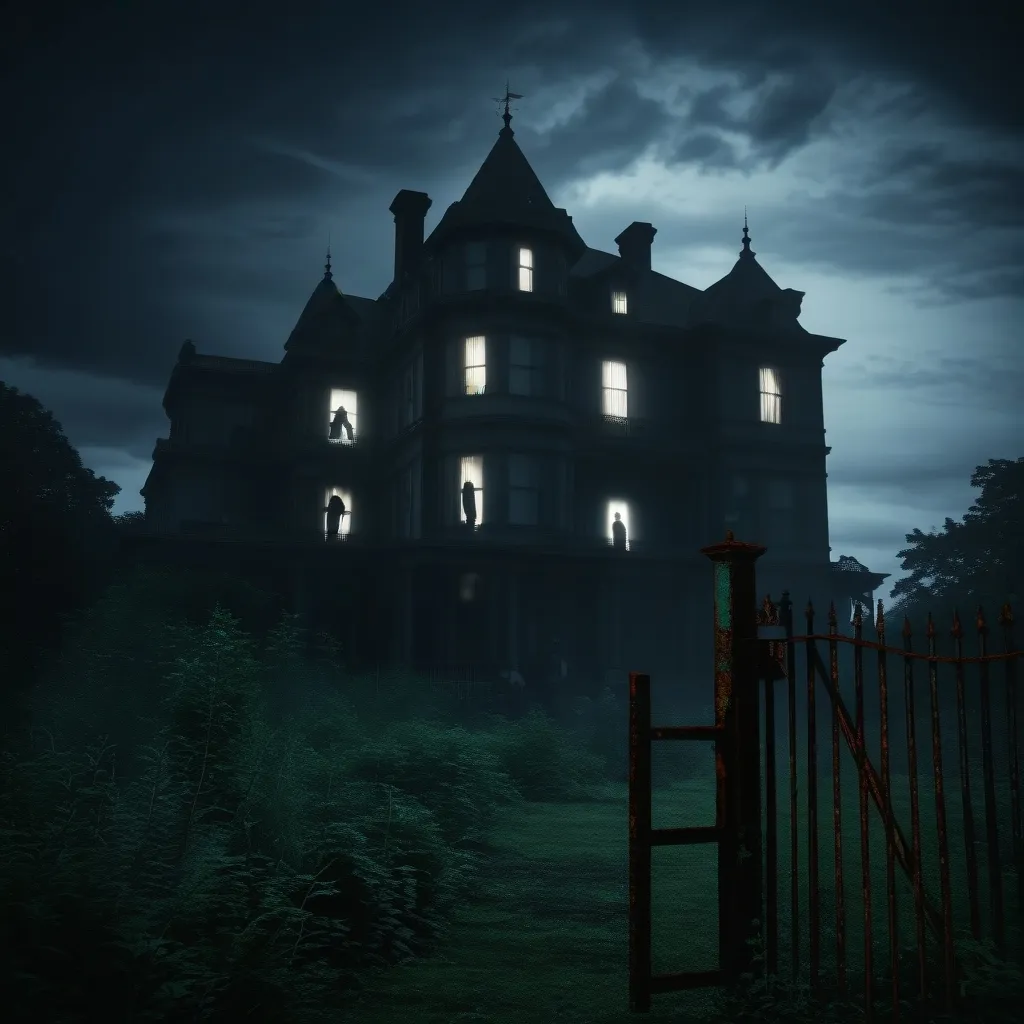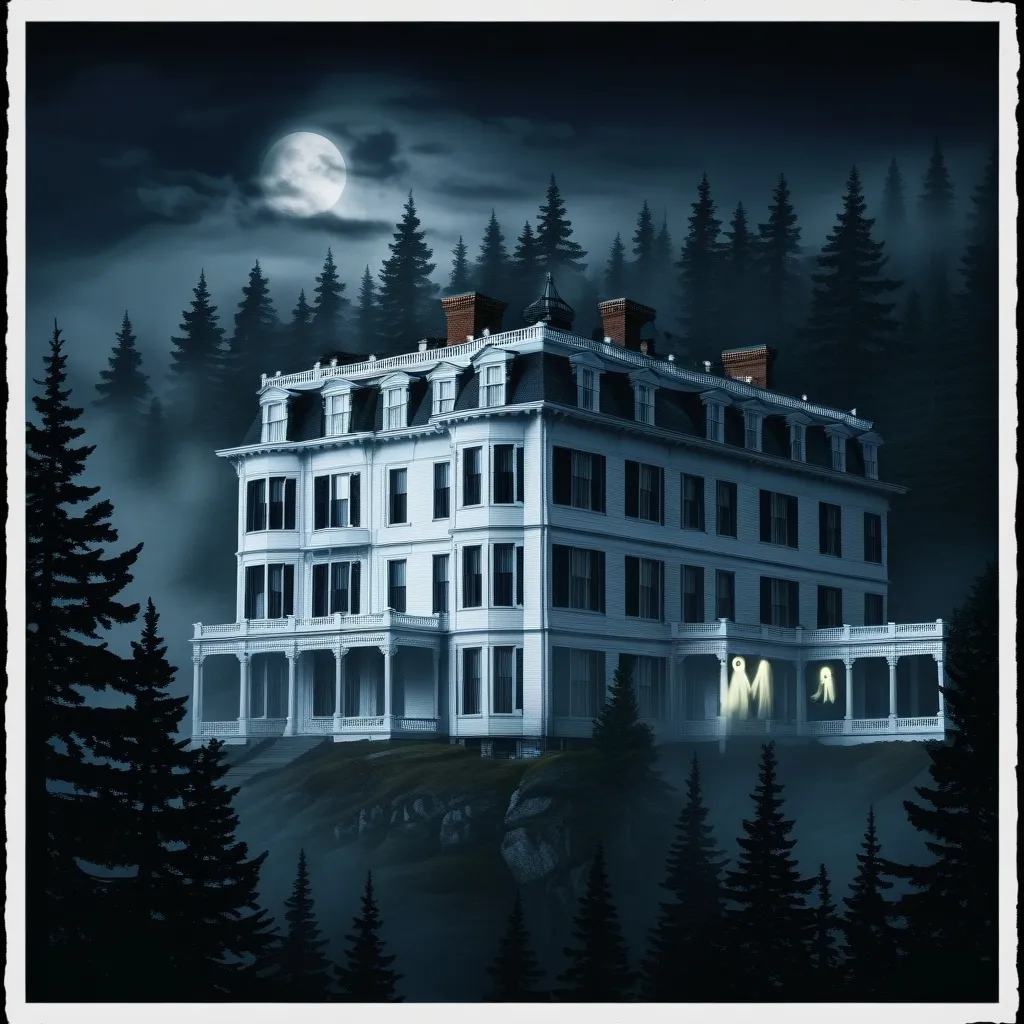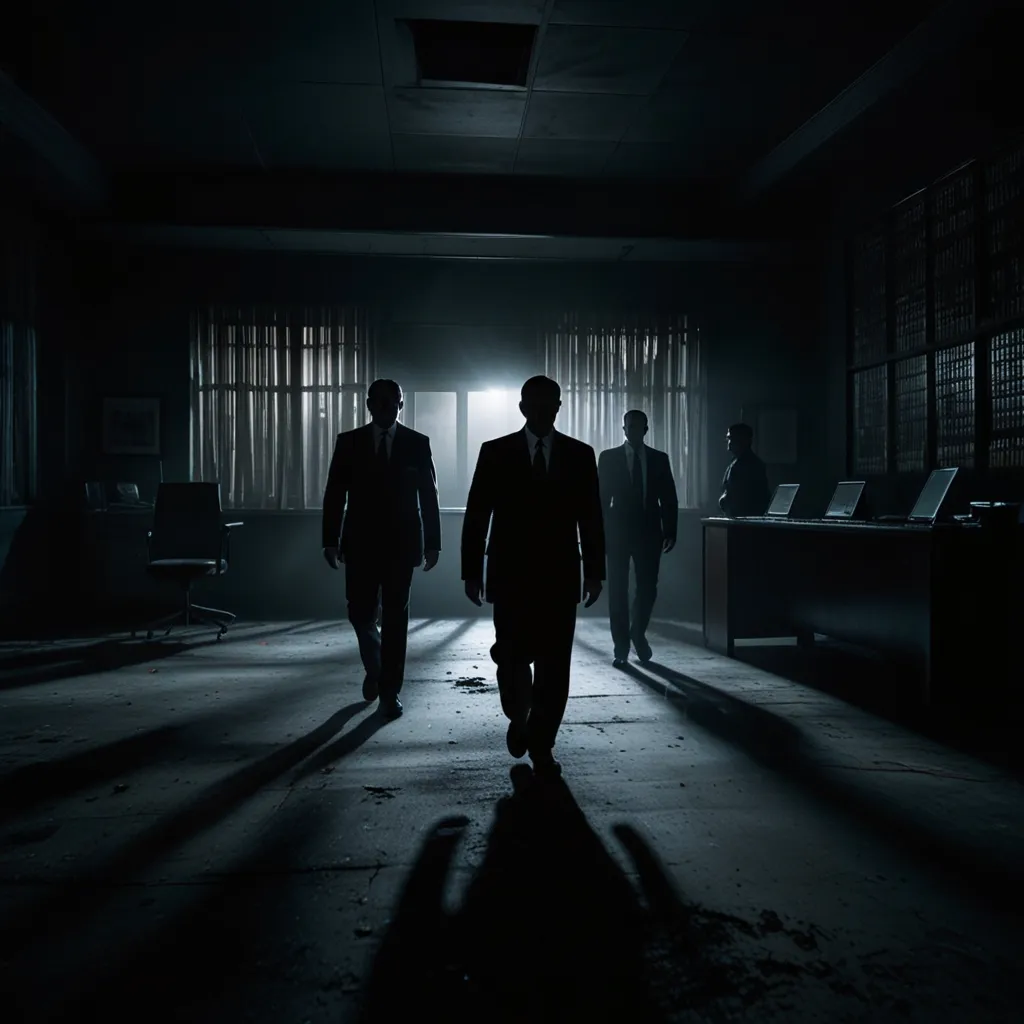In 1925, whispers of a hulking figure stalking the forests of British Columbia had a school teacher named John Burns more than intrigued. Deep in the Coast Mountains, on the Chalus Indian Reservation, Burns’ students spun tales that seemed more fantasy than reality. Yet, as is often the case in a world where folklore meets fringe, curiosity got the best of him.
Locals had passed these stories down for generations, and Burns was determined to uncover the truth behind the tales. To most, it was merely a legend; just another story designed to keep kids from wandering too far into the woods. But after a time, Burns gained the elders’ trust, and they confessed. What he thought was legend was actually very real. They called it “Sasquatch,” a name which eventually morphed into the term we know today.
But Burns was shown convincing evidence—a house crushed by the beast’s bare hands. The family had only just escaped its fury, dodging what could have been a deadly encounter. The creature, enormous and untamed, left a mark not just on the property but also in the annals of oral history, reverberating through time.
Fast forward to a crisp day in June 2020, and another kind of sight awaited discovery. A couple hiking through the Trinity County wilderness claimed they had an encounter of their own with a creature of gigantic proportion. They were transfixed by the animal’s eyes, eyes they claimed were disturbingly human-like. As it vanished into the thick green, the possibility of reencountering this mythical figure hung in the air like fog over damp earth.
These experiences, intense and almost supernatural, only add to the tapestry of stories that weave the legend of Bigfoot. It’s not just what people say but what has been documented over decades that stirs the imagination. From crafts encased in plaster to photographs and analytical footages, Bigfoot’s existence—or nonexistence—stays just out of reach, dragging fascination and skepticism along for the ride.
In August 1958, Jerry Crew, a construction worker, found tracks near Bluff Creek that were too large to belong to any creature known. At a daunting sixteen inches, the prints compelled Crew and his team to make casts and alert the local media. What could have been a passing anecdote blew up into a national sensation, the quintessential yarn that forever lodged Bigfoot into American culture.
However, media frenzy or not, there’s always that desire for something more. People crave indisputable proof—something tangible or photographic that absolutely no one could discredit. And in that vein, Roger Patterson and Bob Gimlin took a historic ride in October 1967. They were looking for evidence of Bigfoot and hit the jackpot, or so it seemed. Patterson’s film, although shaky and beset with controversy, turned into the iconic footage everyone associates with Bigfoot lore. Even today, experts scrutinize this film for authenticity, uncovering muscle details and biomechanics that suggest something more than a human in a costume, even if mainstream science remains unconvinced.
These sightings and encounters, and the doubt that shrouds them, extend beyond North American borders. Travel to the watery depths of Scotland’s Loch Ness, and a similar, enigma-like tale unfolds. Report after report have chronicled sightings of a large, unidentified creature navigating the deep, dark waters. Sightings are so frequent that the creature has earned its own moniker: Nessie.
In the 1930s, amidst a slew of build-ups and developments around Scotland’s largest freshwater lake, more people than ever ventured closer to its shorelines. Reports began flooding in about an object or creature moving through the water, sometimes with a large silhouette of serpentine humps breaking the surface and then diving back into the abyss.
Yet again, despite all the buzz and hullabaloo, disbelief remains. There’s a lack of concrete, reproducible evidence—a physical representation robust enough to make even the staunchest skeptic take a pause. The desire for a legendary creature like Nessie or Bigfoot to be undeniably real is matched only by the massive gaps in their proof.
The stories, however, are relentless. Across the world, in Puerto Rico, there’s another cryptid causing a stir—the Chupacabra. First spotted following a gruesome attack on livestock, this creature is said to drain the blood of goats and other animals, leaving them eerily intact except for puncture wounds that purportedly serve as its calling card.
From there, the tales spread like wildfire, leaping from Puerto Rico to the mainland US, to Latin America, stirring up fear, fascination, and a host of anecdotal evidence peppered with sightings.
The basis for shared stories of these cryptids, whether roaming the dense forests or navigating the depths of a lake or across national borders, typically circles back to one question: is there a tangible link between what we wish to believe and the reality science insists upon?
For Bigfoot, Nessie, or the Chupacabra, the length of sightings may be long, but the line to hard evidence is always just a bit longer. Cryptozoology attempts to bridge this wild segue between mystery and science, often finding itself in limbo. The conventions of cryptozoological study remind us that there truly exists a border between what is known and what might only be lurking just out of sight.
Whether you’re a fervent believer or chronic skeptic, the allure and mythos of creatures like Bigfoot, Nessie, and Chupacabra dance provocatively with the line separating truth from trickery. They entice us to ponder not only about what dwells in our forests and waters but also about the boundaries of our understanding.
In it all, one thing remains certain—the stories captivate, the legends grow, and that imagination, for better or worse, never truly retreats into the shadowy corners of the unknown. Because, in the end, when faced with the unexplained, we’re all a little eager to fill the darkness with what just might be out there.






